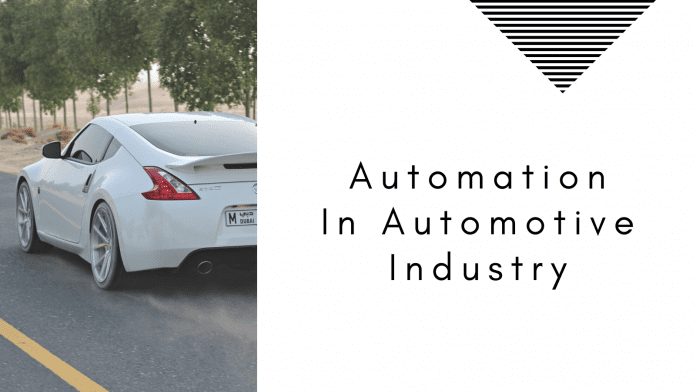Automation has already penetrated all the industries: medicine, agriculture, manufacturing. Thus, there is nothing surprising that the automotive industry applies automation, too. Now, the automotive industry applies not only robotic arms. Everything has gone further.
Now, the Internet of Things, AI, collaborative robots are used to make automotive chassis, install actuators for automotive vehicles, produce power trains and perform many other actions that used to be performed by people. Of course, it is still far from the moment when automated devices can replace people. But for now, they are able to perform some very accurate works. You can find more information by visiting progressiveactuators.com.
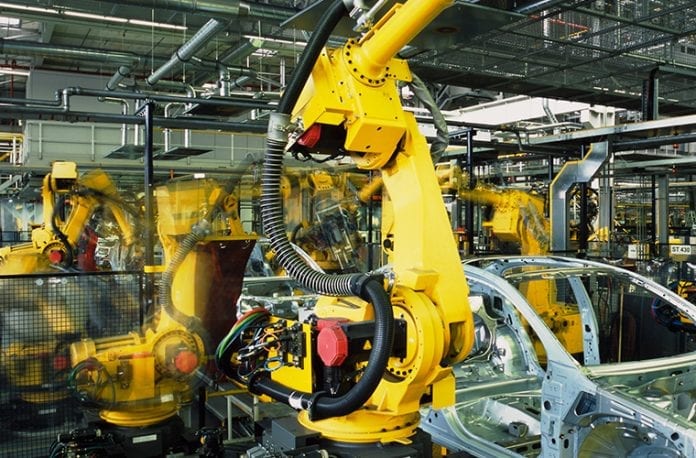
Automation Brings Significant Benefits
With the automation of some processes, the automotive industry gets a number of benefits. The main of them are:
- Reduction of human errors;
- A higher efficiency level;
- A higher accuracy level.
Even though such technologies as AI and the Internet of Things are in their infancy stage, they are applied widely for automation, too, and allow making huge advances.
Main Trends in the Automotive Automation
The technology is developing very rapidly. If earlier, installing a robotic arm could be already an innovation, now, it is rather common. What are those automation trends that can be regarded as innovative in the automotive industry? Let us have a closer look at them.
Machine Vision
The inspection of components of a vehicle is a very laborious and time-demanding process. A lot of criteria are used to ensure that the vehicle works as expected and is safe. The Machine Vision is a technology. It combines multiple complex high-end technologies to inspect an element or a surface.
For example, with the help of:
- Traditional imaging;
- X-ray imaging;
- 3-D imaging;
- Infrared imaging,
it captures the images of the needed element. Smart cameras and smart sensors are used for that. Special cameras are used to connect to several devices, thus, allowing seeing the captured images in different locations. For example, you and your colleague can be located in different offices or different cities, but via the internet, you both can watch the same images of the inspected vehicle.
Further, the images are processed by special software. This software uses the provided criteria for image processing.
The application of machine vision technology helps to:
- Reduce manufacturing costs;
- Eliminate human errors;
- Provide accurate results.
For now, machine vision is applied by the biggest car manufacturers. It is expected that in the nearest future, many more factories will start applying it.
Cobots, or Collaborative Robots
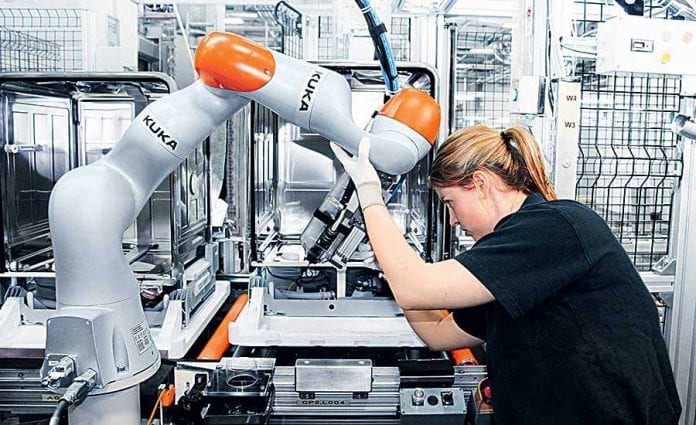
While you might be thinking now of those robots that are known as robotic companions, robots that can interact with humans, it doesn’t apply to the automotive industry. In the automotive industry, cobots are called robots that can perform work independently. They don’t need humans to assist in handling their tasks.
There are several types of cobots:
- Robots responsible for safety stop: these robots stop all the operations when a human enters the workplace;
- Hand guiding robots: an operator is in direct contact with a robot. The operator is guiding the machine. It is convenient when new details and functions are added to a robot constantly;
- Robots responsible for power and force limiting: these are robots that can monitor and limit the power on the system. With more advanced robots, even some safety sensors or guarding equipment might be eliminated;
- Robots that take care of speed and separation monitoring: these robots can maintain a particular speed depending on the distance between the robot and the operator.
The biggest and the most innovative car manufacturers use cobots in their premises. There are different robots with different levels of autonomy. But whatever robots are used on the premises, they push the industry forward and increase the manufacturing speed immensely. While the initial investment is high, robots pay off very fast.
Artificial Intelligence for Autonomous Cars
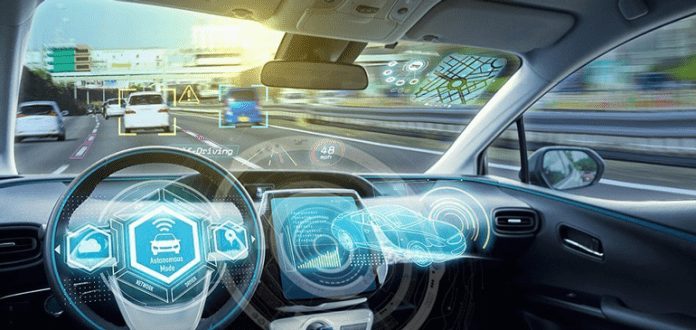
Artificial intelligence is applied in many industries. The automotive industry is not an exception. In cars, different levels of AI can be applied. The most advanced cars use AI for a number of purposes:
- The AI creates and saves data about the surroundings and creates a map based on the data;
- Then, the AI creates the trajectory for the car movement and sends the commands to the actuators of the vehicle. They, in turn, manage the brakes, the steering, and the acceleration systems.
The Internet of Things in the Automotive Industry
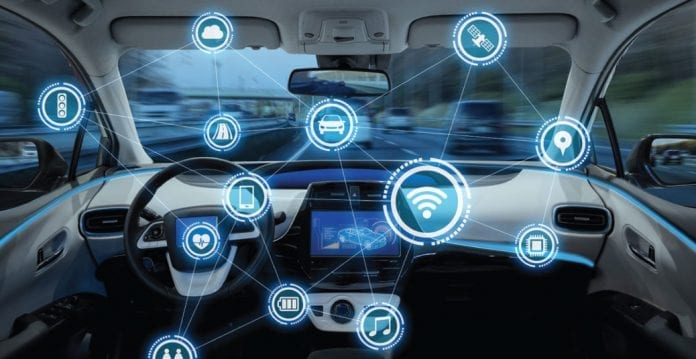
The Internet of Things is one more innovation that is occupying its space in all the industries very actively. In most cases, the IoT is used for cars to communicate with other similar vehicles. It allows preventing traffic jams and increasing safety on the roads.
The most advanced cars can even react to human emotions. For example, some models are able to recognize the emotional response of a driver to a particular pattern and, for example, to apply brakes right on time to prevent a collision. If the technology proves itself as useful, car manufacturers have a lot of plans connected with it. One of the ideas is to collect the data from cars in a cloud. It will allow us to create even special apps for vehicles of, say, companies.
Conclusions
While all these automation technologies are still in their initial stage of development, they are very promising. While robots have been already widely applied in many manufacturing facilities, the AI and IoT haven’t found a wide application yet. It is connected mostly with the fact that these technologies are quite recent. They have been mostly applied in other industries, such as gambling, IT, and similar.
Now, specialists are giving them a chance in the automotive industry. There are hopes that with these advancements, the automation in the automotive industry will move to a completely new level. With time, the need for human work might be eliminated. Only the decision making will be needed from humans. Vehicles will be automated enough to be able to drive without manual participation. The industry will get a new face. All in all, the new technologies shall create a safer environment for drivers and people around them.
